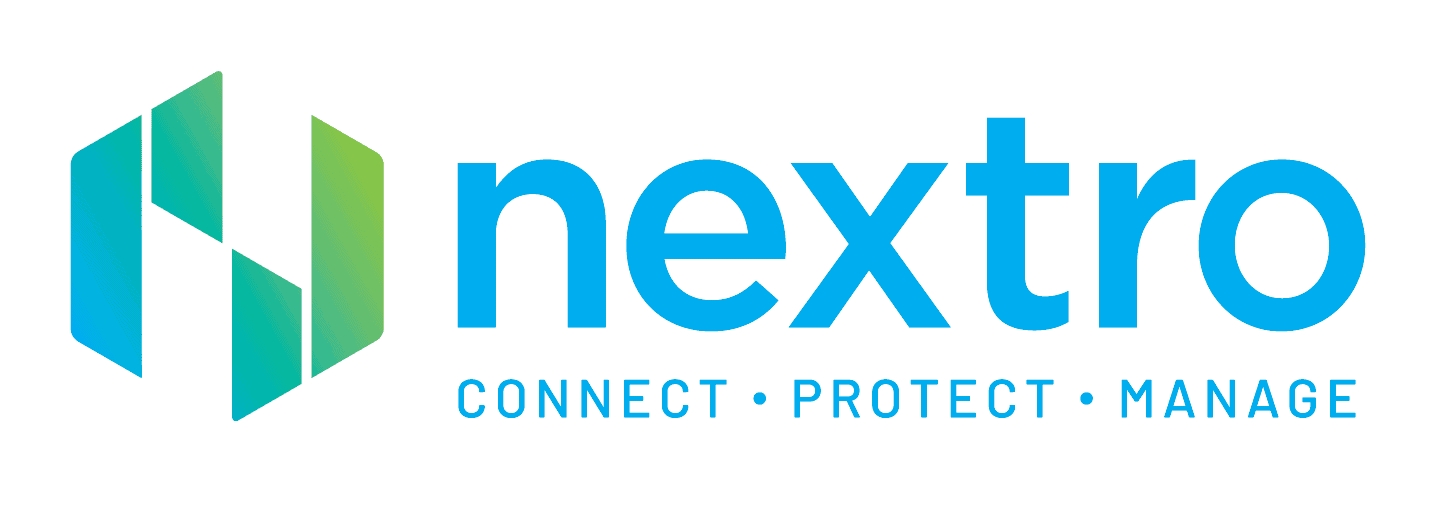7 Top Physical Security Trends for 2023: Prepare Your Business for the Future
It is important for Kiwi businesses to keep abreast of emerging global trends in physical security, cybersecurity, and workplace operations. The technology that underpins many of these trends is converging.
Nextro’s latest blog post covers the top physical security trends to watch in 2023, including the rise of AI-driven security solutions, the importance of cybersecurity and secure remote access, and the convergence (or blending) of IT and physical security teams. Read more to learn about these key trends and how they can help your business stay secure and increase operational efficiency.
Physical Security Trends for 2023
Physical security is a crucial aspect of any organisation’s operations. With technology constantly evolving, Kiwi businesses must keep on top of the latest trends to ensure that their systems are up-to-date and secure. In 2023, we can expect to see the continued change that will shape the industry.
#1 Labour shortages will drive greater demand for unified security solutions
One of the most significant trends in 2023 is the continued shortage of labour across all industries, including physical security. According to a survey conducted by Genetec, 50% of physical security teams faced human resource challenges in 2022. To ensure adequate physical security with fewer staff, organisations are re-evaluating their technology stack. Investing in modern physical security technologies will position the security team’s culture as a leading edge, helping to attract younger, more tech-savvy physical security recruits in a competitive job market.
#2 Modernising access control will take precedence
Access control is a crucial part of physical security. Upgrading access control and intrusion detection systems will allow organisations to eliminate weak points in legacy systems and better defend against cybersecurity threats. In 2023, we can expect to see more organisations upgrading their access control systems to deliver a host of built-in cyber defences, higher levels of automation, and streamline access control tasks.
#3 Hybrid-cloud deployments will grow alongside demand for cloud-connected appliances
Hybrid-cloud deployments are gaining traction across the physical security industry, with 66% of organisations expected to move to managing or storing more physical security in the cloud over the next two years. As businesses rationalise their costs, concerns, and approach to migrating to the cloud, we can expect an increase in demand for ready-to-deploy hybrid-cloud appliances. These devices will provide more flexibility to meet site-specific requirements and streamline access to the latest innovations.
#4 Implementing better cybersecurity measures and defences will be a priority
With rising concerns about cybercrime, organisations are looking for new ways to implement and maintain robust cybersecurity strategies. Implementing better security measures and automated cyber defences will be a priority. This includes replacing legacy equipment, using intelligent maintenance tracking tools and metrics, relying on external help to adapt security architecture planning, and standardising on cybersecurity-minded vendors.
#5 Extracting physical security data will push digital transformation forward
The COVID-19 pandemic accelerated digital transformation on a global scale. In 2023, extracting intelligence from physical security systems will become central to roadmap discussions. According to a Microsoft-Accenture survey, 75% of respondents believed DX of physical security would generate a meaningful return on investment (ROI). As these initiatives expand, success relies on aggregating data from various sources and quickly making sense of data to make informed decisions.
#6 Blended IT, and physical security teams will be essential
With the expansion of the Internet of Things (IoT) and the growing demand for mobility, vulnerabilities in security will increase. It is crucial to bridge the divide between physical and IT security to manage network security solutions effectively. To achieve this, many organisations will seek solutions that provide a consolidated view of physical security and cybersecurity. We’ll see more collaboration and even fully blended IT and physical security teams, which will enhance efficiency, streamline global security operations, and improve business processes.
#7 Organisations will embrace remote work and space utilisation data
The pandemic has led to a slow uptake in back-to-office work, and many organisations are embracing a hybrid work environment to remain competitive. As a result, the office footprint is changing in significant ways. Many are downsizing or looking for ways to repurpose unused spaces while also supporting new office demands such as more hotdesking, team collaboration, and wellness amenities. To achieve this, organisations will need to adopt advanced security solutions that provide insight into space utilisation and support remote work policies.
The above trends will shape the physical security industry in 2023. Businesses in New Zealand must prioritise investment in modern technology to stay ahead of the curve and ensure that their security systems are up-to-date and secure. At Nextro, we are committed to helping our clients stay ahead of these trends and navigate the ever-evolving and converging worlds of physical and cyber security.
